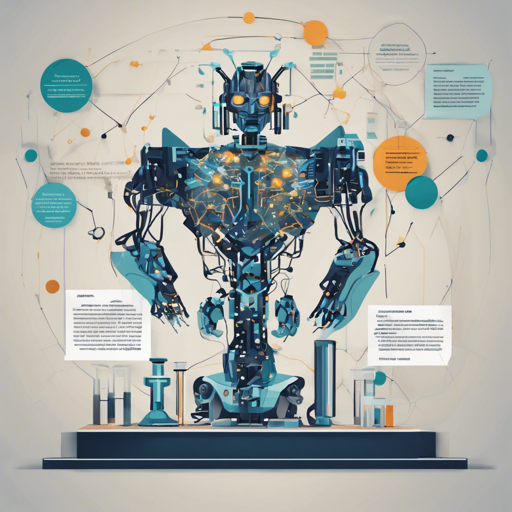In the rapidly advancing world of artificial intelligence, the ability to process and interpret complex biomedical texts is becoming increasingly important. Enter SciFive, a text-to-text transformer model meticulously crafted for analyzing papers from PubMed and PMC. This article sheds light on how to effectively leverage SciFive for your biomedical text analysis needs.
Getting Started with SciFive
To dive into the world of SciFive, you’ll first need to get configured. Below is a step-by-step guide to help you integrate and use SciFive in your work:
Installation Prerequisites
- Ensure you have Python installed on your machine.
- Install the Transformers library using the command:
pip install transformersLoading SciFive
With your environment set up, you can now load the SciFive model and tokenizer using the code snippet below:
from transformers import AutoTokenizer, AutoModelForSeq2SeqLM
tokenizer = AutoTokenizer.from_pretrained("razent/SciFive-large-Pubmed_PMC")
model = AutoModelForSeq2SeqLM.from_pretrained("razent/SciFive-large-Pubmed_PMC")Inputting Text for Processing
Next, you will need to define the sentence that you intend to analyze. For example:
sentence = "Identification of APC2, a homologue of the adenomatous polyposis coli tumor suppressor."Now, you combine the sentence into one text block, ready for encoding:
text = sentence + " " # Adding a space for clarity of inputEncoding and Model Execution
To process the input, you will need to encode the text, convert it into a format that the model understands, and finally, run the model:
encoding = tokenizer.encode_plus(text, pad_to_max_length=True, return_tensors='pt')
input_ids, attention_masks = encoding['input_ids'].to('cuda'), encoding['attention_mask'].to('cuda')
outputs = model.generate(
input_ids=input_ids, attention_mask=attention_masks,
max_length=256,
early_stopping=True
)Decoding the Output
After execution, you can decode the model’s output to understand the generated text:
for output in outputs:
line = tokenizer.decode(output, skip_special_tokens=True, clean_up_tokenization_spaces=True)
print(line)Understanding the Code: A Culinary Analogy
Imagine you’re in a kitchen, and each component of the code above is like following a special recipe:
- Ingredients Preparation: Poising your environment with Python and the necessary libraries mirrors gathering your ingredients.
- Loading the Model: Like preheating the oven, this step ensures that the SciFive model is ready to ‘cook’ your text.
- Mixing and Encoding: Combining your input sentence is akin to mixing your ingredients together before heating. Encoding is where sugar dissolves! It prepares the text for processing.
- Cooking: Running the model to generate output is like baking—patience is vital as it concocts new ideas from your input text.
- Tasting: Finally, decoding the output is your moment of tasting the dish to see if it’s up to par!
Troubleshooting Your SciFive Experience
While using SciFive, you might encounter some challenges. Here are some troubleshooting tips:
- CUDA Errors: Ensure that you have a compatible GPU setup. If not, run your code on CPU instead by removing the ‘.to(cuda)’ part.
- Installation Issues: If the Transformers library isn’t recognized, double-check your Python environment and execute the installation command again.
- Output Quality: If the output generated isn’t what you expected, consider tweaking the input sentence for clarity or modifying the
max_lengthparameter. - Memory Limitations: For large inputs, you may run into memory issues. Break your text into smaller chunks and process incrementally.
For more insights, updates, or to collaborate on AI development projects, stay connected with fxis.ai.
Conclusion
In the age of information, having tools like SciFive at your disposal enables researchers and developers alike to dissect and comprehend biomedical literature with precision. By following the steps outlined above, you’ll be well on your way to mastering text-to-text transformations for your specific needs.
At fxis.ai, we believe that such advancements are crucial for the future of AI, as they enable more comprehensive and effective solutions. Our team is continually exploring new methodologies to push the envelope in artificial intelligence, ensuring that our clients benefit from the latest technological innovations.

